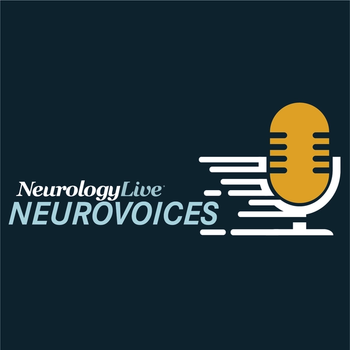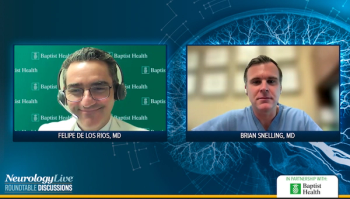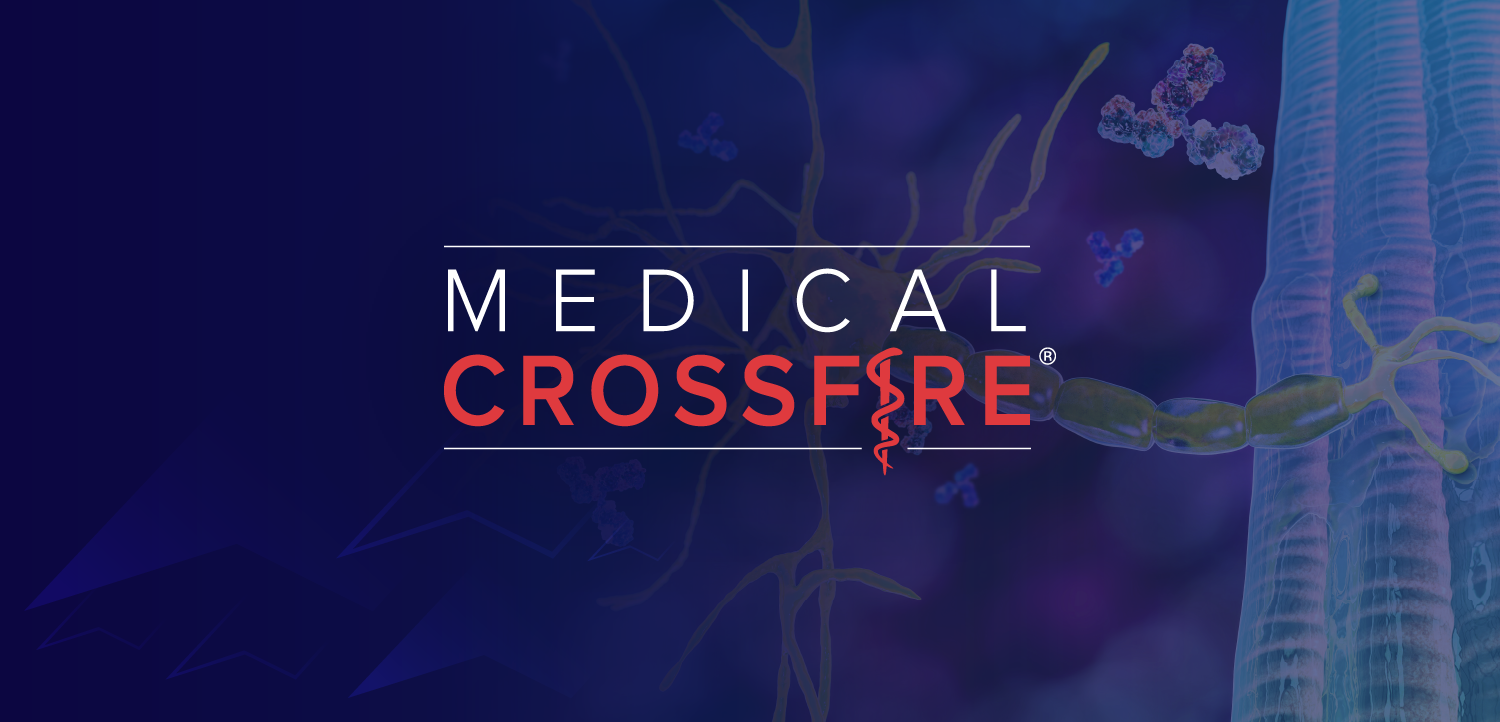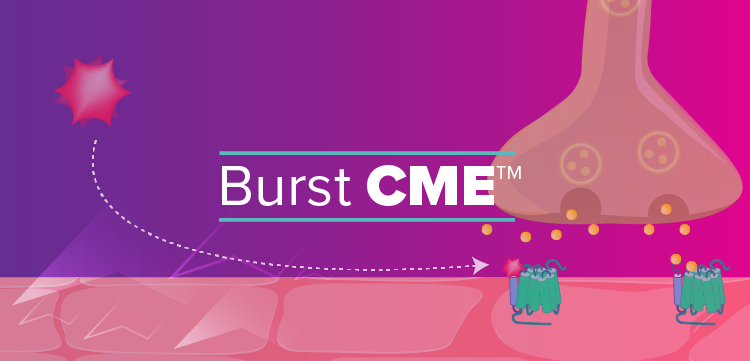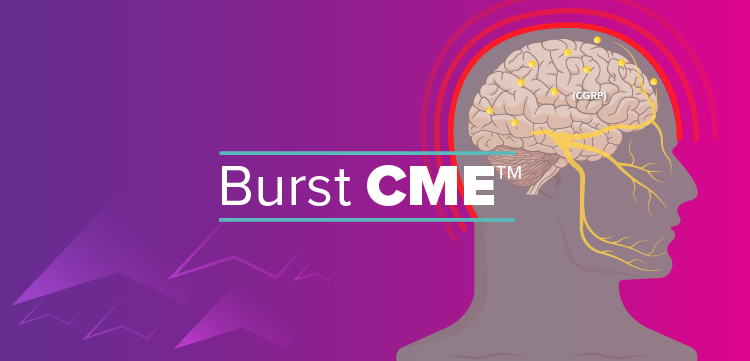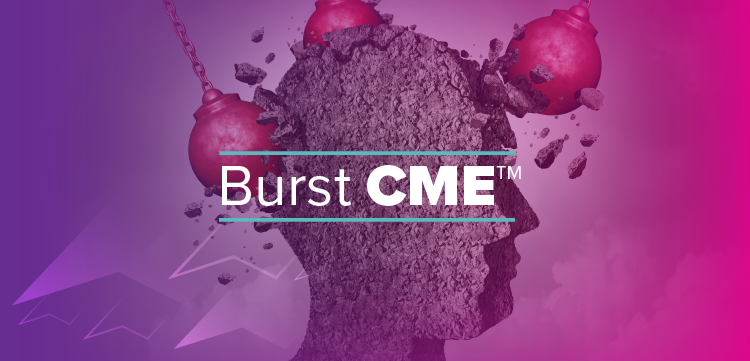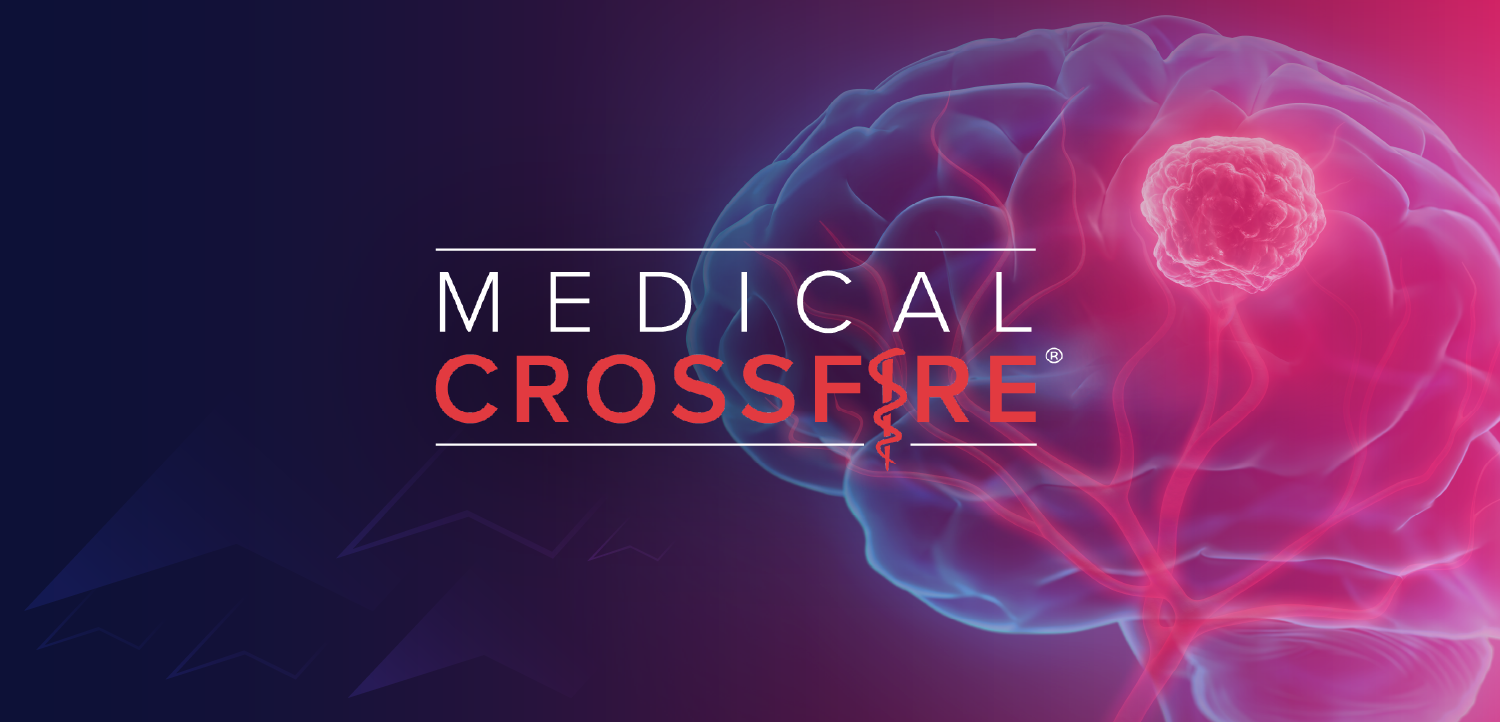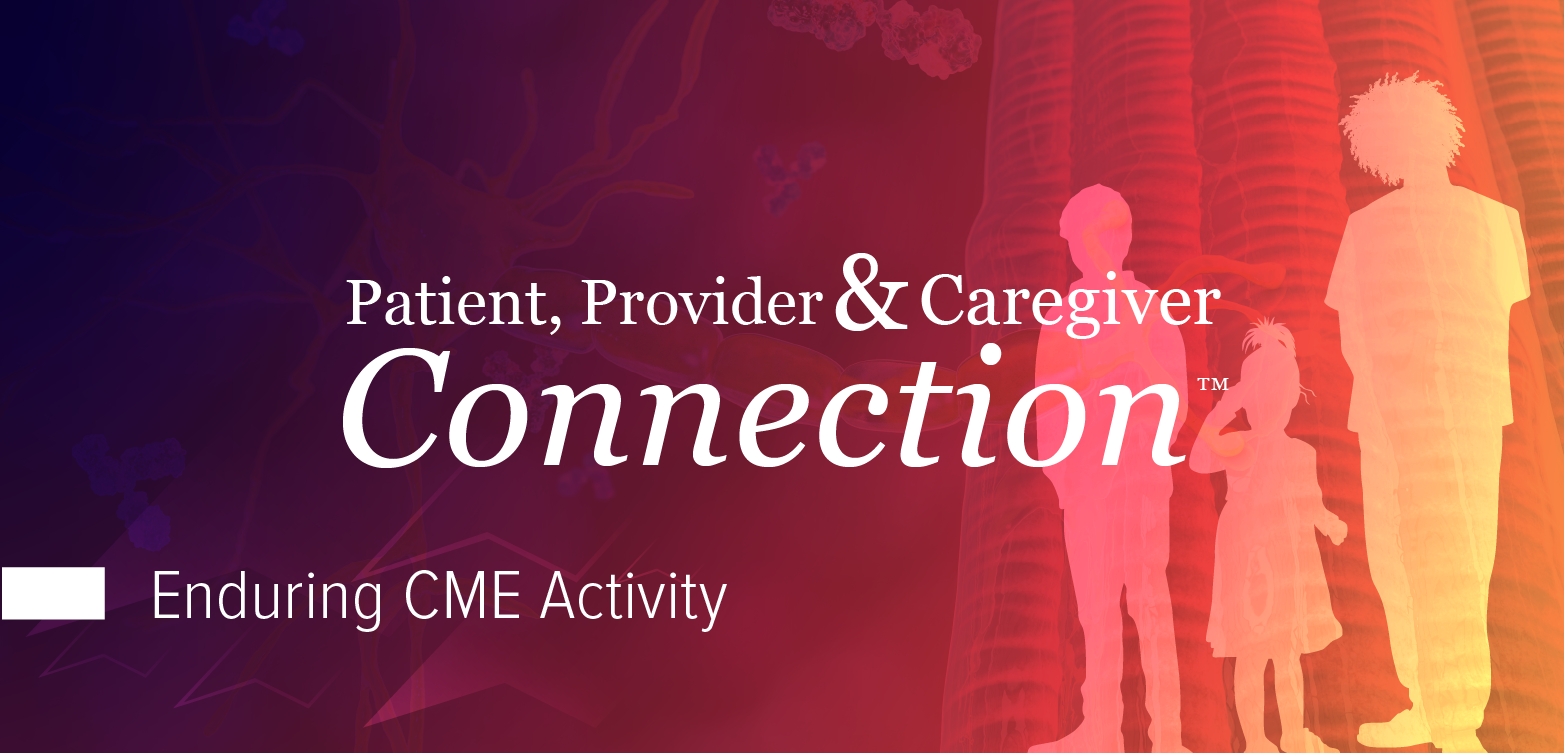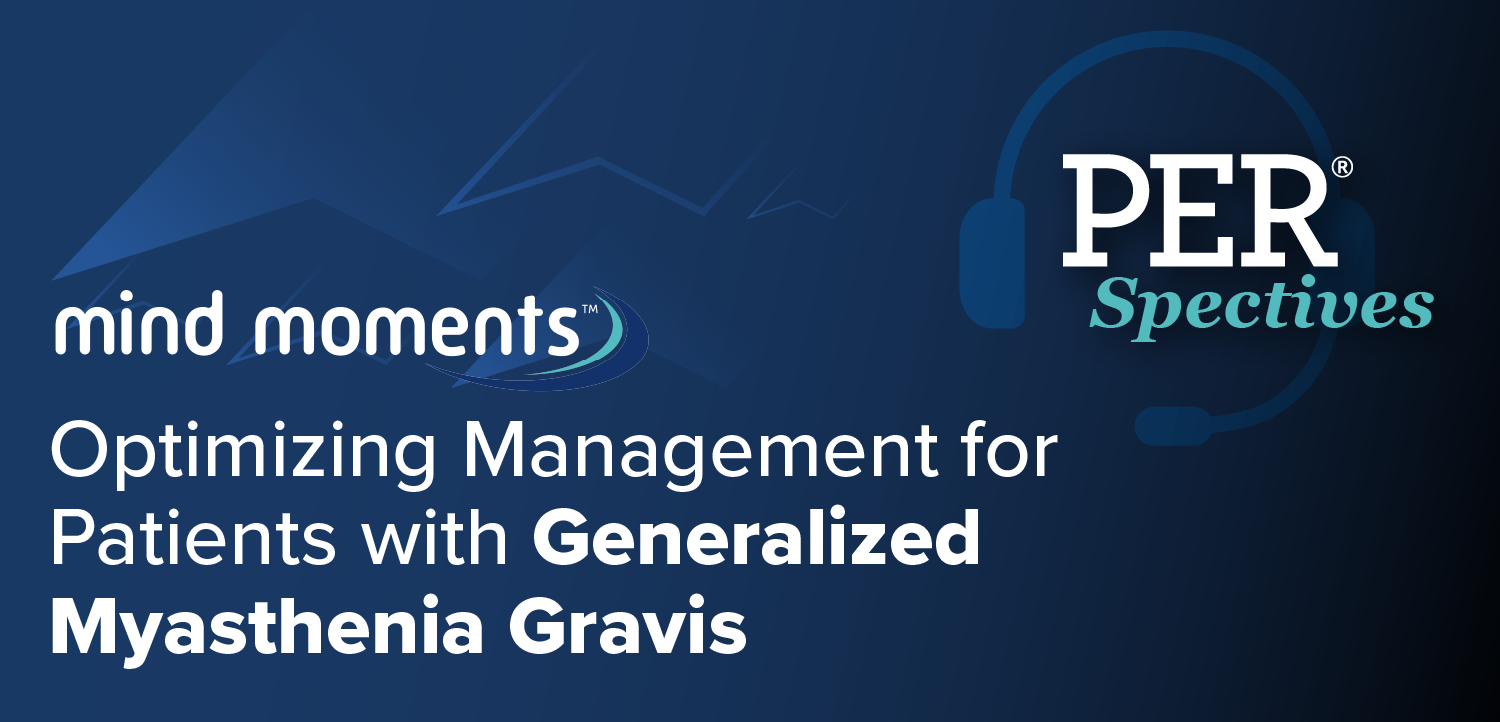
|Slideshows|February 24, 2015
Stroke Briefing: 5 New Things to Know
Author(s)Mark L. Fuerst
Minimally invasive surgery to remove clots from the brain and other cutting-edge stroke news for neurologists highlighted the research and clinical program at the International Stroke Conference.
Advertisement
The International Stroke Conference 2015 featured cutting-edge presentations - more than 1500 of them. Highlights of 5 key presentations follow.
Newsletter
Keep your finger on the pulse of neurology—subscribe to NeurologyLive for expert interviews, new data, and breakthrough treatment updates.
Advertisement
Latest CME
Advertisement
Advertisement
Trending on NeurologyLive - Clinical Neurology News and Neurology Expert Insights
1
Expanding Patient Expectations When Managing Generalized Myasthenia Gravis: A Treating Physician’s Experience with IMAAVY™ (nipocalimab-aahu)
2
B-Cell Modulator Obexelimab Shows Pronounced Relapse Reduction in Phase 2 MoonStone Trial
3
FDA Accepts New Drug Application for Tau PET Imaging Agent MK-6240 in Alzheimer Disease
4
Independent Adjudication Committee Helps Facilitate Accurate Enrollment of Phase 2/3 ARISE Trial of Nipocalimab
5


